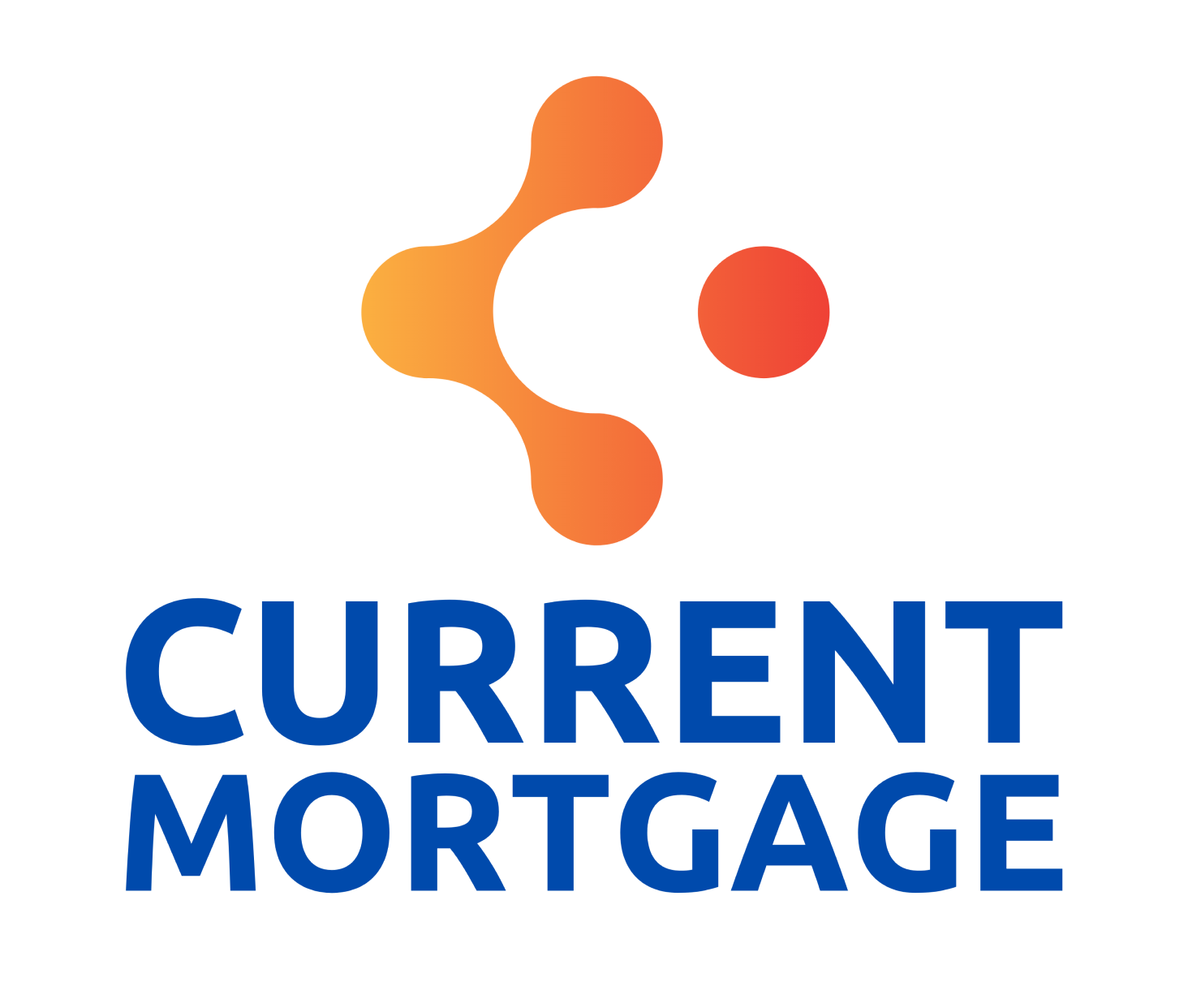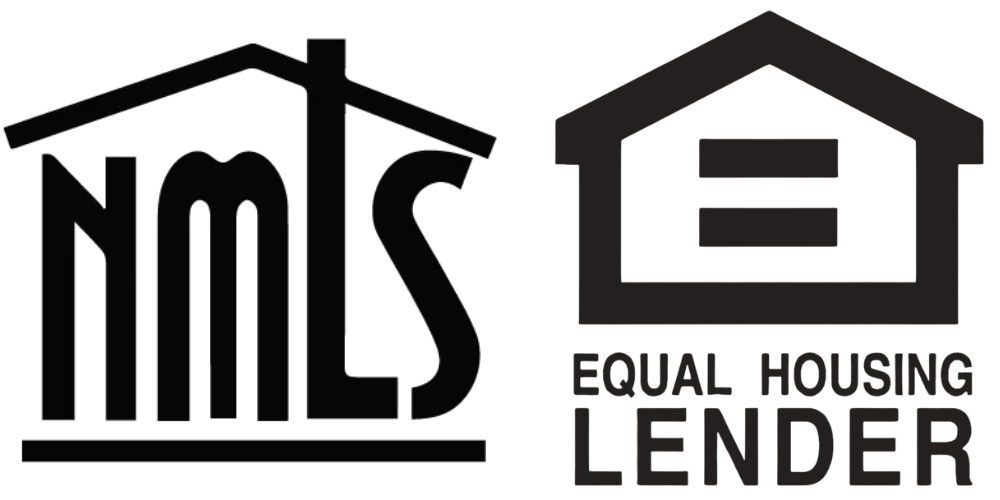Mortgage APR vs Interest Rates: Greg Pilling explains!
Mortgage APR vs. Interest Rate: What’s the Difference?
When shopping for a mortgage you’ll see two numbers: the interest rate and the annual percentage rate (APR). While they look similar they are two different costs associated with the loan. Understanding both can help you make a more informed decision and save thousands over the life of the loan.
What Is Interest Rate?
The interest rate is the cost of borrowing from a lender. It’s a percentage and only applies to the principal loan amount. Your interest rate is determined by your credit score, loan type and current market conditions.
For example, if you take out a $300,000 loan with a 5% interest rate the lender charges you 5% on the remaining balance. This is directly added to your monthly mortgage payment.
What Is APR (Annual Percentage Rate)?
The APR includes not just the interest rate, but also other costs associated with the loan such as:
✔️ Origination fees
✔️ Discount points
✔️ Mortgage insurance
✔️ Closing costs
Because APR includes these additional costs it’s usually higher than the interest rate. APR gives you a complete picture of the loan’s true cost so it’s useful when comparing different mortgage offers.
Which One Should You Focus On?
For lower monthly payments → Look at the interest rate
For overall loan cost → Look at the APR
If you plan to stay in your home long term a lower APR is usually better. If you plan to move or refinance in a few years a loan with a lower interest rate and fewer upfront costs may be the better option.
Final Thoughts
Understanding the difference between interest rates and APR helps you choose the best mortgage for you. Always compare both and factor in how long you plan to stay in your home.
Looking for mortgage advice? Let’s chat! I can help you navigate the mortgage process and find the best loan for your situation.








